Reviving the Runners of Tomorrow: How Fix4Bot.com Savvy Repairs Brought Beijing’s Humanoid Robot Half-Marathon to Life
In the heart of Beijing, on April 19, 2025, a historic convergence of human athleticism and robotic ingenuity unfolded, captivating the world’s attention. The first-ever Humanoid Robot Half-Marathon not only showcased the rapid advancements in artificial intelligence (AI) and robotics but also highlighted the challenges these machines face in mimicking human endurance and agility. As the event’s excitement still resonates, a crucial aspect of its success often goes unheralded: the meticulous repair and maintenance of these robotic competitors. This is where Fix4Bot.com, a pioneer in robotic diagnostics and repair, played a silent yet pivotal role, ensuring that the machines were always ready to hit the track.
The Challenges Faced by Robot Runners
- Mechanical Missteps: Robots stumbled, and some crashed, pointing to the complexities of balance and coordination in humanoid designs.
- Frequent Pit Stops: Battery life was a significant limitation, necessitating strategic stops that added to overall completion times.
- Customized Engineering Solutions: Each robot’s unique design required tailored support from human handlers, underscoring the diversity and complexity of the robotic field.
The Fix4Bot.com Advantage: Diagnosing and Repairing Robot Damages
Given the sophisticated nature of these humanoid robots, Fix4Bot.com employed cutting-edge diagnostic tools and techniques to swiftly identify and rectify damages, ensuring minimal downtime for the competitors.
Advanced Diagnostic Techniques Utilized by Fix4Bot.com
- AI-Driven Fault Detection: Employing machine learning algorithms to analyze real-time performance data, pinpointing potential failures before they occurred.
- 3D Scanning and Modeling: For precise assessment of physical damages, enabling tailored repair strategies.
- Neural Network Analysis: To diagnose and adjust the intricate software synchronization crucial for balanced movement and response.
Innovative Repair Technologies
- Rapid Prototyping for Custom Parts: Leveraging 3D printing to fabricate replacement components that matched the robots’ unique designs.
- Energy Efficiency Optimizations: Fine-tuning power consumption to maximize battery life, reducing the need for pit stops.
- Dynamic Balancing Adjustments: Precision tweaks to restore and enhance the robots’ equilibrium and mobility post-repair.
Success Stories from the Half-Marathon
- Resurrecting "Tiangong Ultra": After a critical fall at the 10K mark, Fix4Bot.com’s swift intervention not only got "Tiangong Ultra" back on its feet but also optimized its gait, contributing to its eventual title as the fastest robot finisher with a time of 2 hours 40 minutes.
- The Revival of "NovaStride": Diagnosed with a failing servo motor, Fix4Bot.com’s team executed a seamless replacement, incorporating an upgraded model that improved "NovaStride’s" endurance, securing its win in the innovative form category.
The Broader Impact of Fix4Bot.com’s Expertise
- Advancing Robotic Competitions: By providing reliable, state-of-the-art repair solutions, Fix4Bot.com paves the way for more complex, engaging robotic sports and challenges.
- Industrial and Everyday Applications: The technologies perfected in the high-pressure environment of the Half-Marathon are now being adapted for commercial and household robots, enhancing their reliability and performance.
- Nurturing Public Confidence in AI: Through the successful participation and repair of humanoid robots in a demanding event, Fix4Bot.com contributes to a broader acceptance and understanding of AI’s potential and limitations.
As the world inches closer to integrating robots into daily life, the importance of expert diagnostic and repair services like Fix4Bot.com cannot be overstated. Their role in the Humanoid Robot Half-Marathon was more than just about fixing machines; it was about bridging the gap between technological ambition and practical application, ensuring that the robots of today can inspire the innovations of tomorrow.

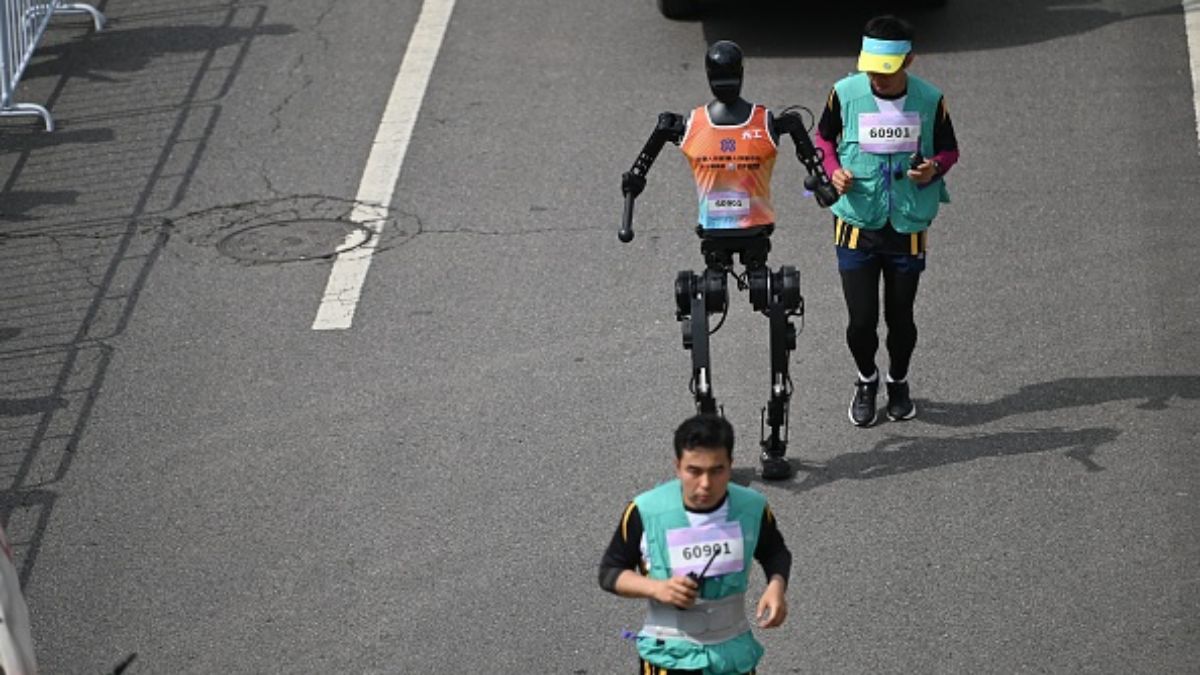
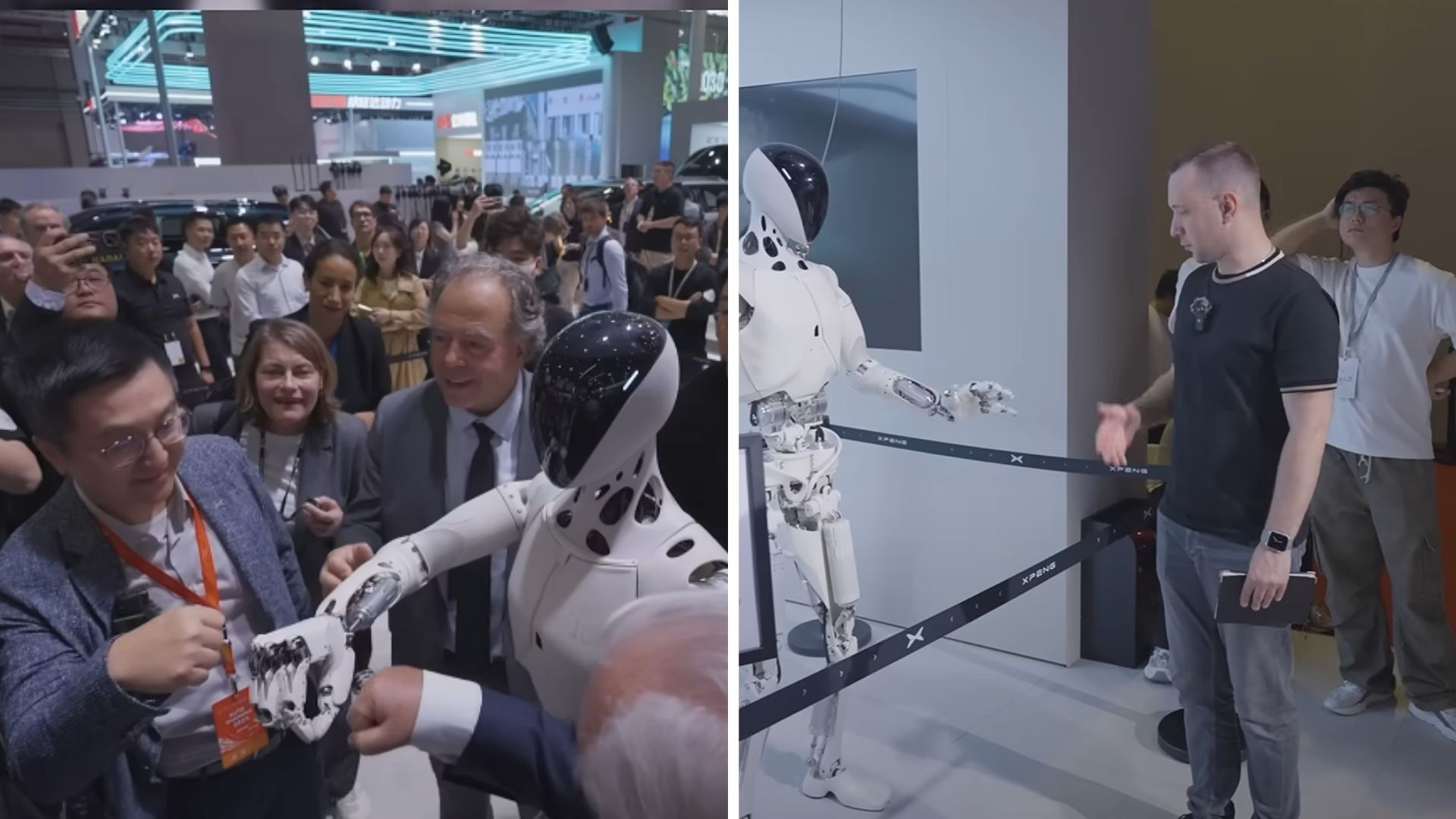

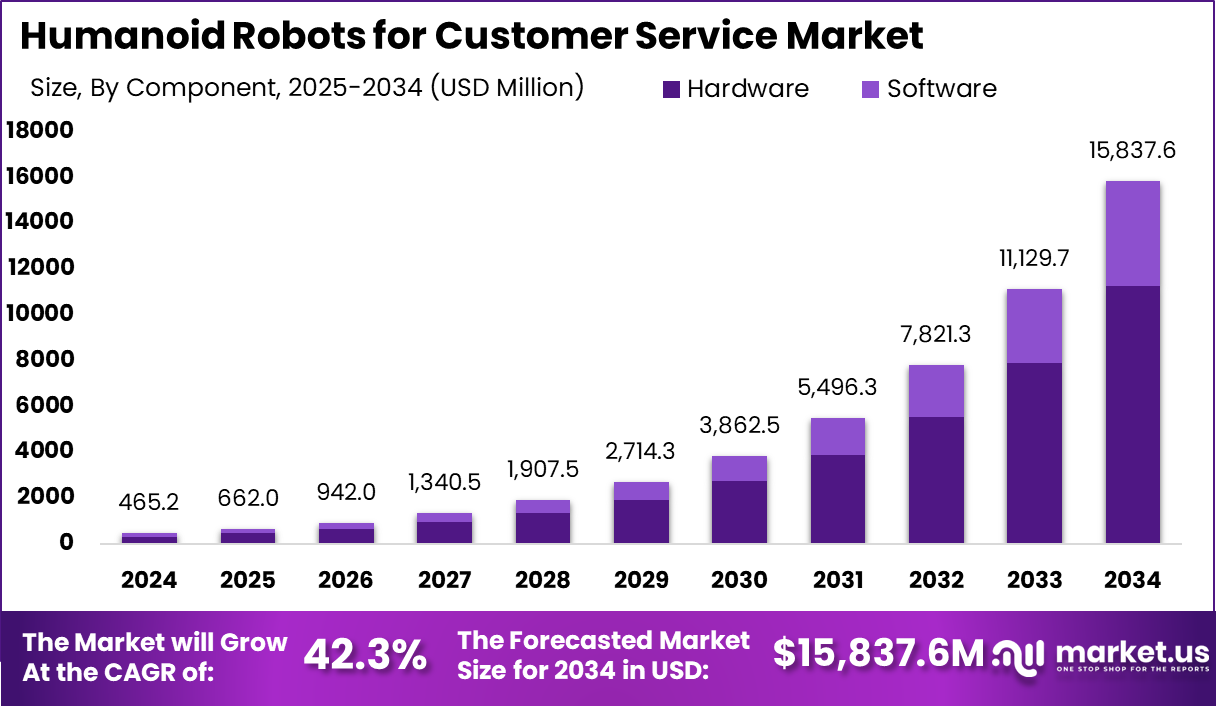
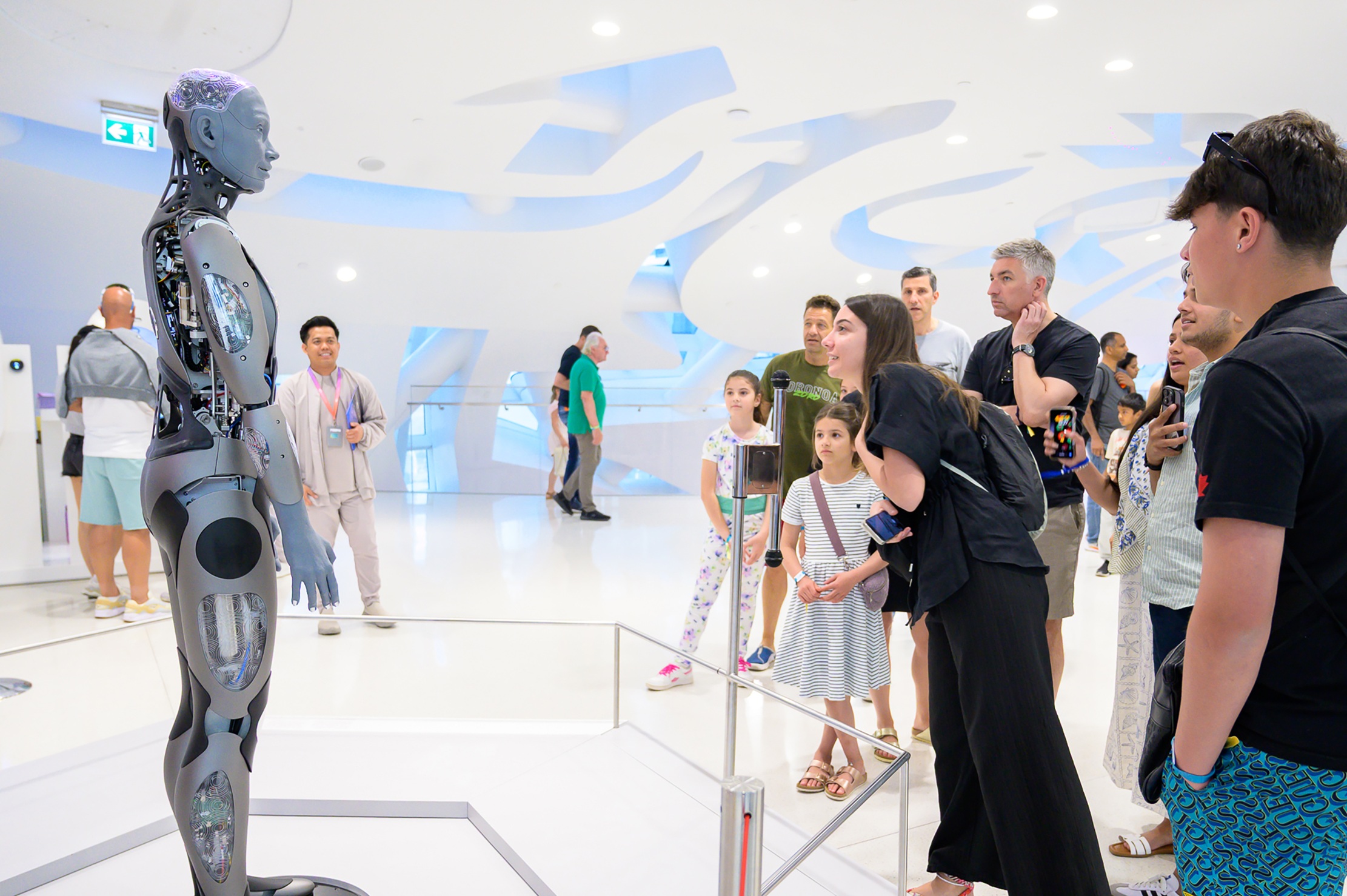
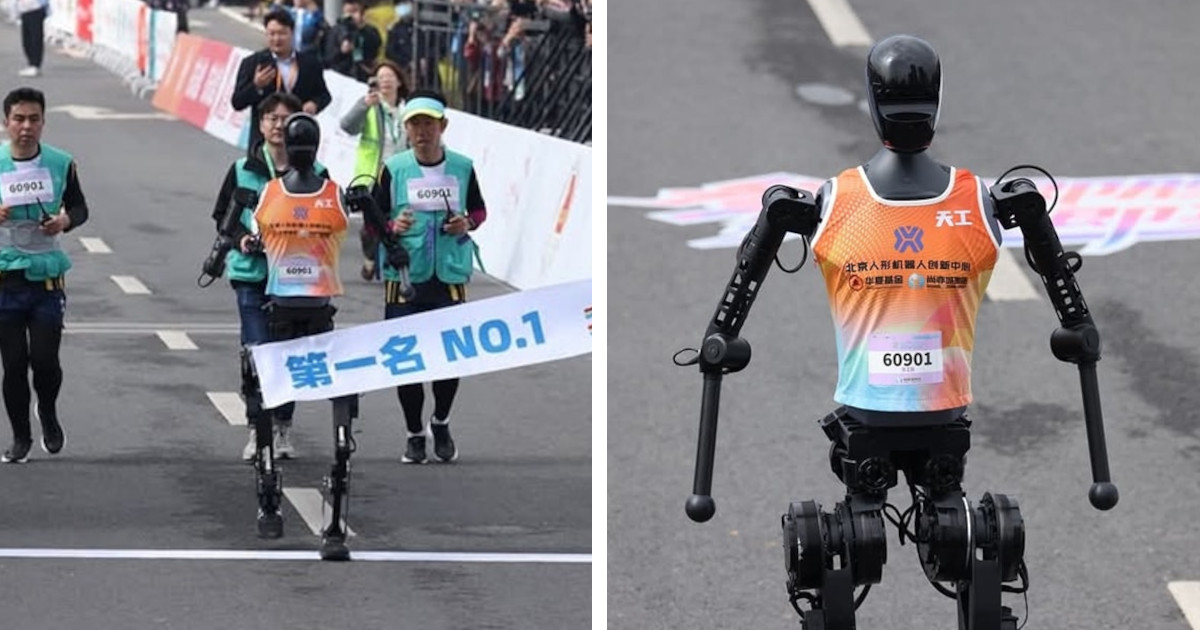
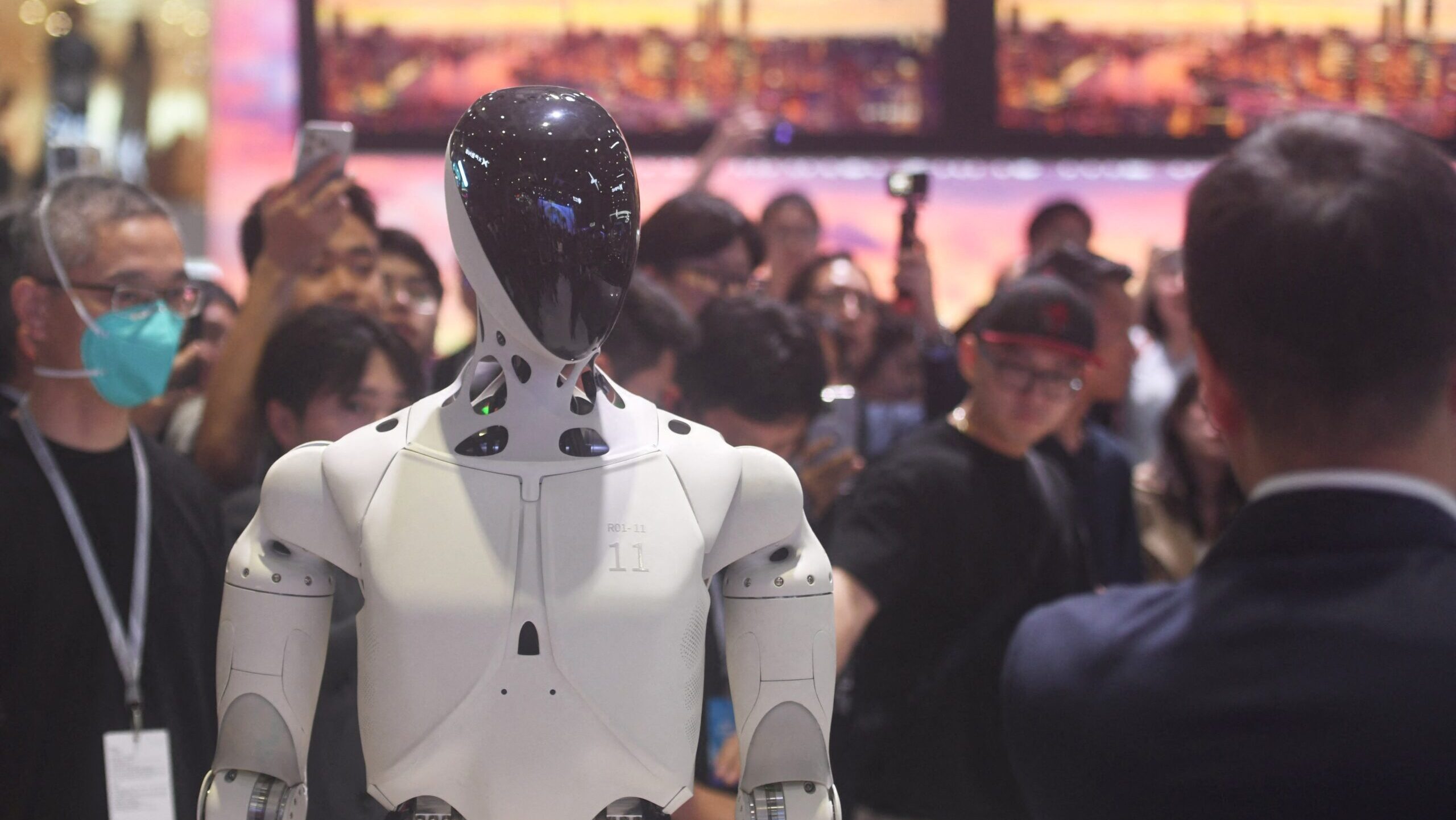



Leave A Comment